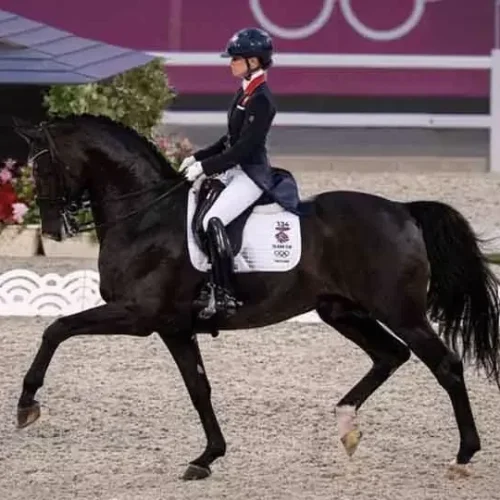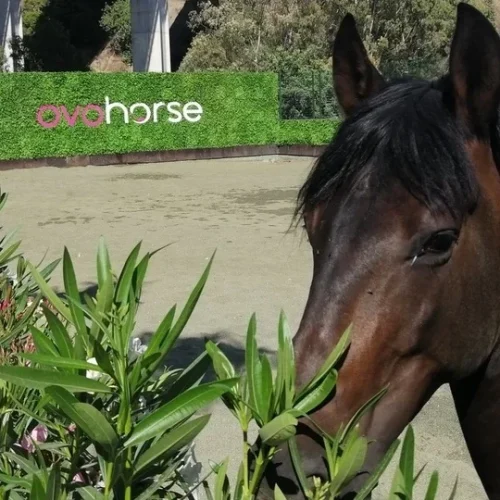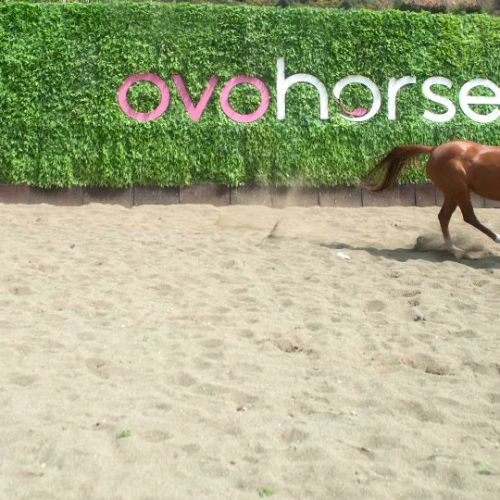OPU-ICSI stands for two procedures used in equine assisted reproduction with the aim of achieving the desired offspring. OPU corresponds to “Ovum Pick Up”, which refers to the process of retrieving oocytes from mares. ICSI, on the other hand, stands for Intracytoplasmic Sperm Injection, the union of the oocyte and the sperm in the laboratory to create an embryo.
OPU-ICSI is a faster and more effective process compared to the currently common equine reproduction technique: embryo transfer. In this article, we will explain step by step what this innovative reproduction technique involves:
- Step 1: Veterinary check-up
Before starting the process, a medical check-up must be performed on the donor mare to ensure she is in good health for the procedure.
- Step 2: OPU
During this first phase, oocytes are extracted using the follicular aspiration technique. Follicular aspiration (OPU) is the process by which oocytes (eggs) are retrieved directly from a mare’s ovaries through transvaginal aspiration (TVA). A long needle is inserted through the vaginal wall toward the ovary to aspirate each follicle using ultrasound guidance. The mare is sedated, and the procedure lasts between 20 to 60 minutes, depending on the number of follicles present in the ovaries. On average, about 5 to 6 oocytes are retrieved per aspiration.
- Step 3: Maturation + ICSI
The oocytes retrieved during the OPU session mature in the laboratory for approximately 30 hours. Then, using a micromanipulator, a single healthy-looking sperm is injected into each mature oocyte under the microscope.
ICSI requires only one sperm per egg, whereas conventional In Vitro Fertilization (IVF) requires thousands of sperm cells.
Thanks to Ovohorse’s techniques, we can also perform an embryo biopsy to select a male or female foal in order to obtain the desired offspring and genetic traits.
- Step 4: Embryo vitrification
The embryos resulting from ICSI can be vitrified for later transfer or stored indefinitely in liquid nitrogen. Thanks to this freezing technique, embryos can be shipped in special containers anywhere in the world. Another advantage is that the donor mare can continue her sports career while the recipient mare carries the embryo that will result in the foal.
Thanks to this equine assisted reproduction procedure, it is possible to obtain up to 10 oocytes in just one extraction per month. Therefore, up to 20 embryos could be produced in a year—although this will always depend on the mare’s genetics and response.
Do you run a stud farm? Contact us with no obligation at info@ovohorse.com






